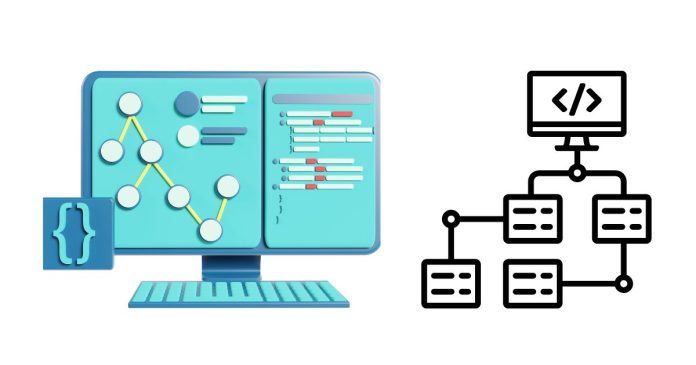A structure in C is a user-defined data type that groups related variables of different data types into a single entity. Structures are particularly useful for representing complex data like records or objects.
Syntax of a Structure
struct: Keyword used to define a structure.structure_name: The name of the structure.member1, member2, ...: Variables (members) inside the structure.
Example: Defining and Using a Structure
Define a Structure
Declare and Initialize a Structure Variable
Features of Structures
- Grouping Data: Combines different types of variables into one entity.
- Access Members: Use the dot operator (
.) to access structure members. - Memory Allocation: Members are stored in contiguous memory.
Example with Array of Structures
You can create an array of structures to handle multiple records.
Nested Structures
A structure can have another structure as a member.
Difference Between Structure and Array
| Feature | Structure | Array |
|---|---|---|
| Data Type | Can hold different data types | Holds elements of the same type |
| Size | Fixed for defined members | Size depends on the number of elements |
| Access | Dot operator for members | Indexing for elements |
Advantages of Structures
- Organized Data: Groups related variables together.
- Flexibility: Supports various data types.
- Reusability: Can be used to define complex data models.
Limitations
- No Member Functions: Cannot include functions directly (unlike C++ classes).
- No Data Hiding: Members are publicly accessible.
Structures are foundational in C for managing complex data, and they provide a stepping stone to advanced programming concepts like classes in object-oriented languages


